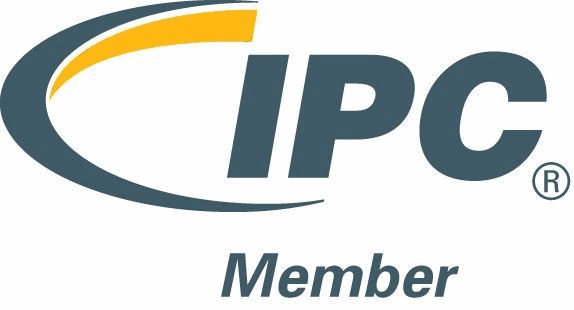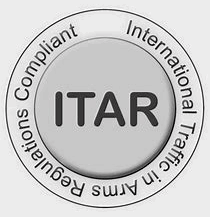Printed circuit boards (PCBs) are the electrical heart that gives life to today’s complex electronics. While almost all PCBs are composed of fiberglass and epoxy, the development and assembly processes can vary greatly. In this article, we’ll look at the process for building these critical components.
All printed circuit boards go through the same stages, whether they are manufactured using a manual or automated process. These stages include:
- Component layout
- Component placement
- Component soldering
- Quality inspection
- Testing
Component Layout
Component layout involves creating a schematic diagram, then using that diagram to draft a layout of the proposed printed circuit board. This layout is defined by the traces or electrical connecting paths that will carry the current throughout the proposed circuit.
During component layout, each PCB layout is carefully reviewed and analyzed for circuit performance, accessibility, and manufacturability. Circuit performance relates to the spacing of the components, with analog circuitry and power components requiring the closest possible proximities. Accessibility relates to the ability to reach components such as connectors, switches, and other human interfaces during manual testing and reworking. Finally, manufacturability relates to the component arrangement, seeking an organization that ensures optimum performance while keeping production costs as low as possible.
Component Placement
Once a layout is finalized, traces of copper are laid on the epoxied fiberglass boards, and the individual electronic leads and terminals are placed using one of the following processes:
- Through-hole technology (THT): In this process, leaded or pin-through hole electronic terminals are inserted through the holes or pads on the top surface of the board and attached to the back or underside.
- Surface-mount technology (SMT): In this process, electronic components are placed on the top surface of the board.
After placement, QA professionals examine each board for placement accuracy, rectifying any mistakes prior to soldering.
Component Soldering
Depending on the placement process, the actual components of a PCB layout are fixed using one of the following soldering processes:
- Wave soldering: The most common through-hole and surface mount process, wave soldering involves moving the board itself across a wave of hot solder liquid, affixing and solidifying the components.
- Braze soldering: In this process, metal components are attached via melting achieved through the application of heat, utilizing the highest temperature, but producing the strongest joints.
- Soft soldering: Soft soldering often used for compact and fragile boards, involves heating a tin-lead alloy spacer metal with an electric or gas torch to affix the components to the board.
- Hard soldering: For stronger joints on compact or fragile boards, hard soldering uses a combination of copper, brass, silver, or gold at a temperature of about 600°F to affix the components.
- Reflow soldering - Reflow soldering uses heated soldering paste in its molten state to connect the pads and pins and affix the components to the board.
As with all things electronic, testing PCBs is of critical importance to the reliability and durability of the products each will eventually serve. This testing is performed with a wide range of analog and digital instruments, verifying and validating placement and adhesion prior to release.
Although the assembly process itself is essentially the same for all printed circuit boards, the journey taken to arrive at a final product can be quite different depending on the overall design, shape, environment, and lifecycle of the product they are placed in. If you’d like to learn more about the best options for your PCB, contact MPL today at 607.266.0480.




